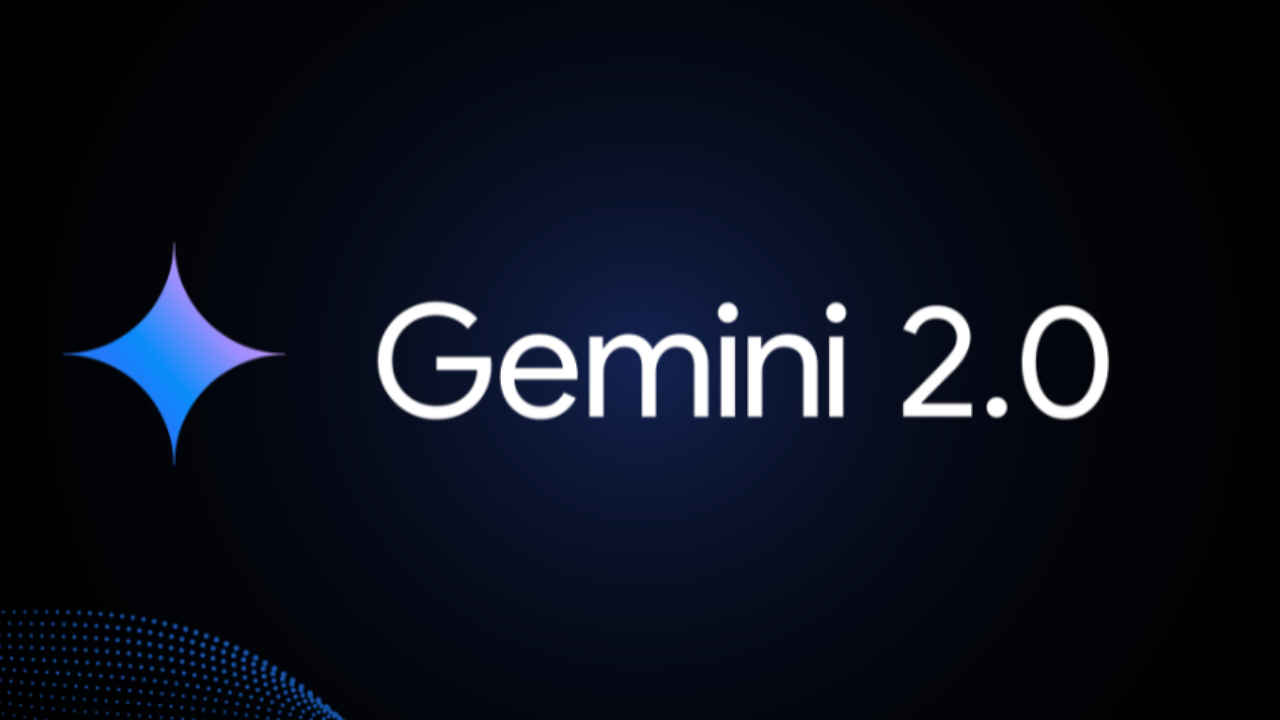Google announces Gemini 2.0, its most powerful AI model: How is it different from Gemini 1.5
Gemini 2.0 offers improved spatial understanding and more accurate object identification in complex images.
The model supports integrated text, audio, and image outputs in a single API call.
Gemini 2.0 introduces native tool usage, including real-time Google Search and code execution.

Google has officially announced the Gemini 2.0, which follows the release of the Gemini 1.5 over ten months ago. The Gemini 2.0 is expected to be available in several variants, including the Gemini 2 Flash and Gemini 2.0 Pro. The company announced the Gemini 2.0 Flash model. However, it will remain available in the experimental preview, but with improved multimodal capabilities focused on images, video, audio, and code. According to Google, the new Gemini 2.0 can understand and interact with the world in more complex and dynamic ways.
 Survey
SurveyWhen Google introduced the Gemini 1.0, it included AI Agents, which are essentially chatbots that can converse. Under Gemini Advanced, the tech giant is now promising to devote more resources to developing more powerful AI agents capable of learning more context, planning ahead of time, and acting on behalf of users. The platform is intended to serve both developers and testers. The new model will enhance the Agents’ capabilities by allowing users to combine text, images, and audio.
Deep Research is also a key component of the Gemini 2.0, utilizing long-context and advanced reasoning. The application can investigate more subjects and generate a report for users to aid in quicker and more intelligent decision-making.
Furthermore, Google has enhanced Search with strong reasoning capabilities. Complex, multi-step problems, such as multimodal queries and sophisticated mathematical equations, can be solved by users directly in Search.
If you want to try Gemini 2.0 Flash, you will have to opt for the Gemini Advanced subscription. It can also be used in the Gemini API or the Google Gemini AI Studio. With this, Gemini 2.0 is expected to compete with the OpenAI o1 reasoning models. However, it is expected to exit the preview next year.
Ashish Singh
Ashish Singh is the Chief Copy Editor at Digit. He's been wrangling tech jargon since 2020 (Times Internet, Jagran English '22). When not policing commas, he's likely fueling his gadget habit with coffee, strategising his next virtual race, or plotting a road trip to test the latest in-car tech. He speaks fluent Geek. View Full Profile